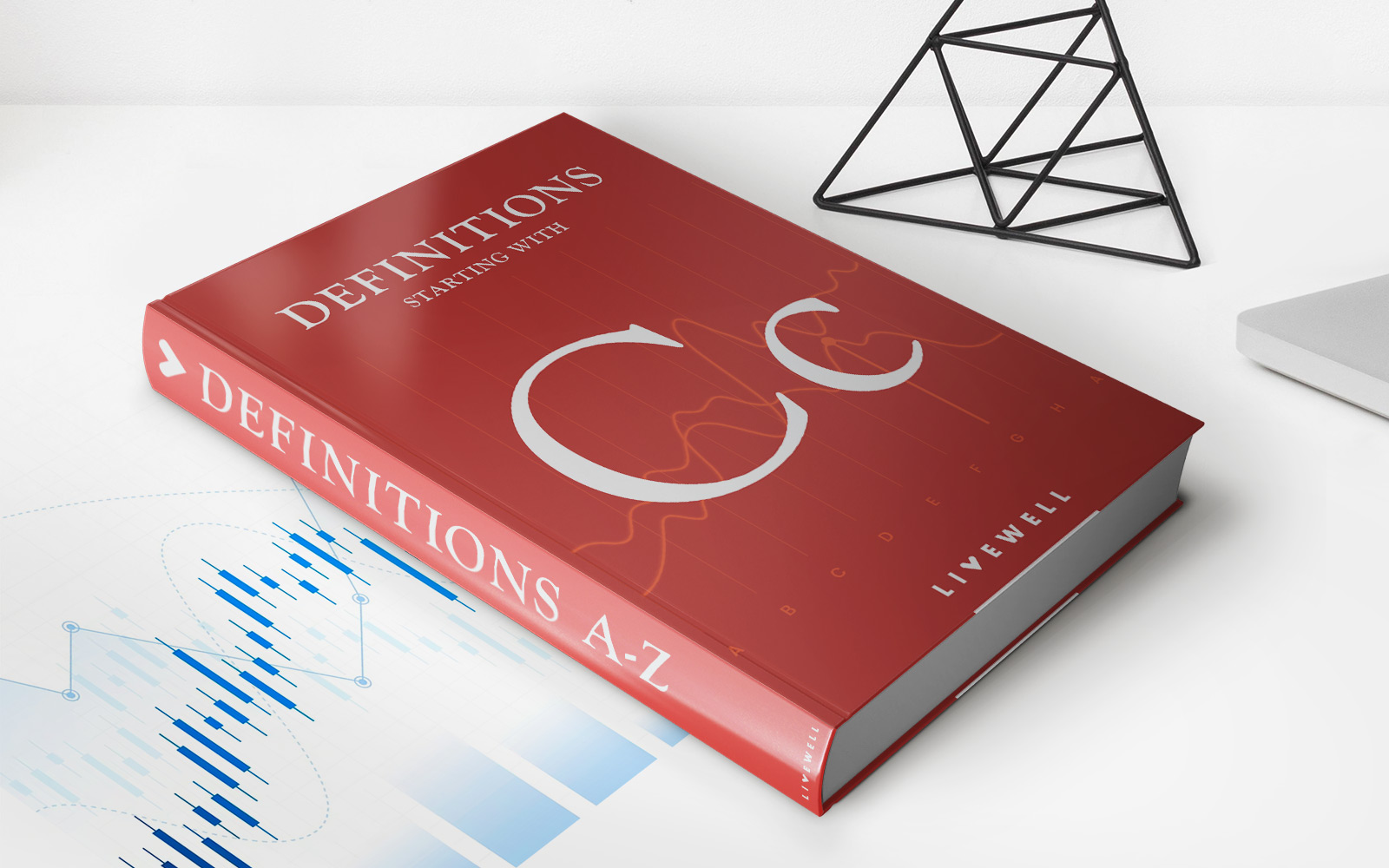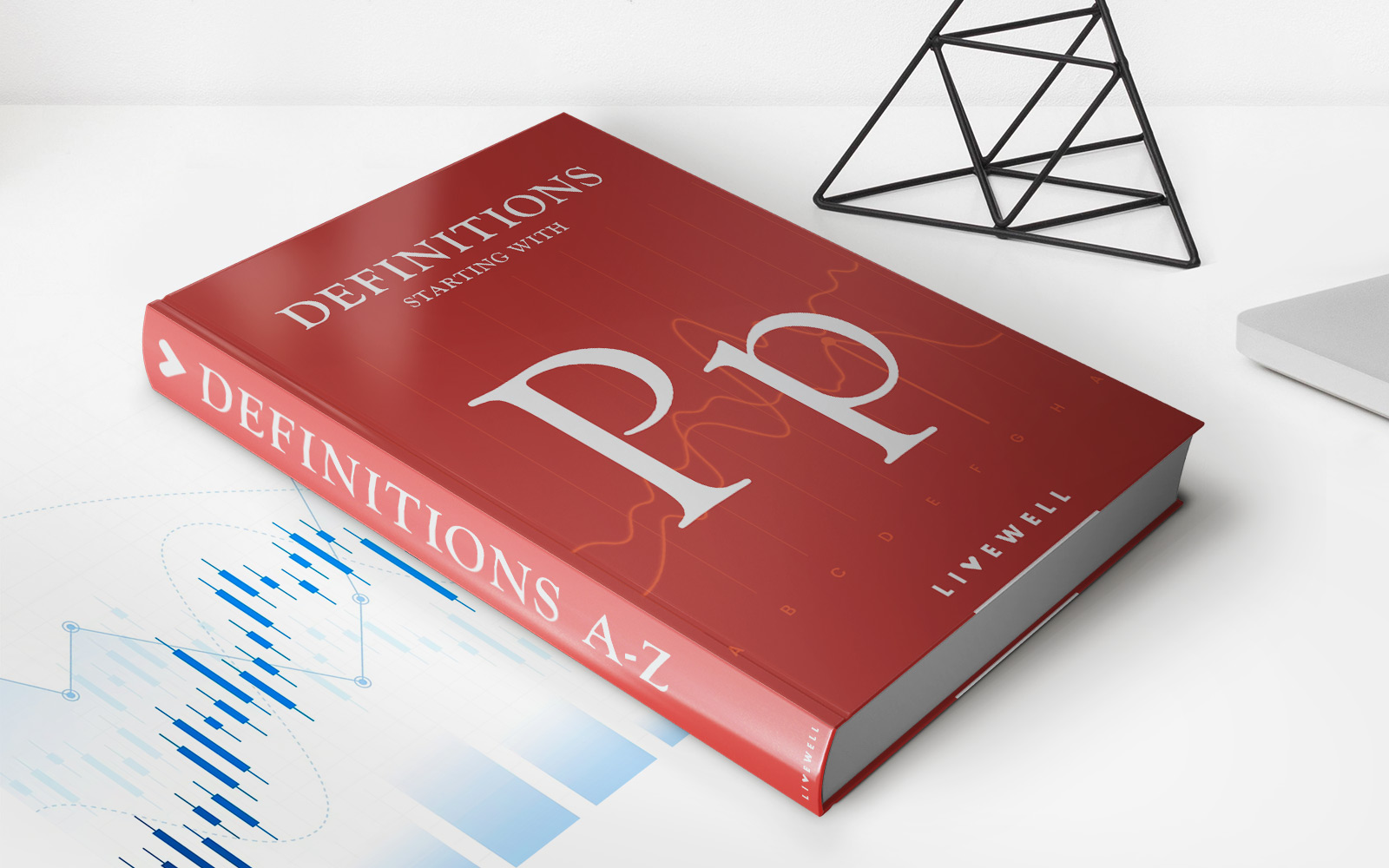Home>Finance>Which Date Does Citibank Calculate Credit Utilization


Finance
Which Date Does Citibank Calculate Credit Utilization
Published: March 6, 2024
Citibank calculates credit utilization on a specific date, impacting your financial standing. Learn how this affects your overall finance management.
(Many of the links in this article redirect to a specific reviewed product. Your purchase of these products through affiliate links helps to generate commission for LiveWell, at no extra cost. Learn more)
Table of Contents
Introduction
Understanding how credit card companies calculate credit utilization is essential for maintaining a healthy credit score. Credit utilization refers to the ratio of your credit card balances to your credit limits, and it plays a significant role in determining your creditworthiness. Citibank, one of the leading financial institutions globally, employs specific methods for calculating credit utilization, which can impact your credit score. In this article, we will delve into the intricacies of credit utilization and explore Citibank's credit utilization calculation date, shedding light on its implications for credit management.
Credit utilization is a pivotal factor in credit scoring models, influencing approximately 30% of your FICO score. This emphasizes the significance of comprehending how it is calculated and the subsequent effects on your financial standing. By examining Citibank's approach to determining credit utilization, individuals can gain insights into optimizing their credit management strategies to bolster their creditworthiness.
Understanding the nuances of credit utilization can empower individuals to make informed decisions regarding their credit usage and payment habits. As we navigate through Citibank's credit utilization calculation date and its impact on credit scores, you will gain practical knowledge that can aid in managing your finances more effectively. Let's embark on this enlightening journey to unravel the mysteries of credit utilization and its relationship with Citibank's credit assessment methodologies.
Understanding Credit Utilization
Credit utilization, often regarded as the credit utilization ratio, is a fundamental metric that reflects the extent to which you are utilizing your available credit. It is calculated by dividing the total balances on your credit cards by the sum of your credit limits, expressed as a percentage. This metric provides creditors and credit scoring models with valuable insights into your credit management habits and financial responsibility.
For instance, if you have a total credit limit of $10,000 across all your credit cards and maintain a combined balance of $3,000, your credit utilization ratio would be 30%. This ratio is a crucial indicator of your ability to manage credit responsibly. A lower credit utilization ratio is generally perceived favorably, as it suggests that you are not overly reliant on credit and are effectively managing your finances.
High credit utilization, on the other hand, can raise red flags for creditors and may negatively impact your credit score. It could indicate potential financial strain and an increased likelihood of default, consequently leading to a diminished creditworthiness in the eyes of lenders.
Understanding the significance of credit utilization and its implications on credit scores is pivotal for individuals seeking to maintain a healthy financial profile. By comprehending the factors that influence credit utilization, such as credit limits, outstanding balances, and payment patterns, individuals can adopt proactive measures to optimize their credit utilization ratio and bolster their creditworthiness.
Citibank’s Credit Utilization Calculation Date
When it comes to managing credit utilization, understanding the specific date on which Citibank calculates this metric is crucial. Citibank typically computes credit utilization based on the balances reported by the credit card issuers to the credit bureaus. This reporting date, also known as the statement closing date, marks the end of the billing cycle and serves as a reference point for determining the balances that contribute to your credit utilization ratio.
It’s important to note that the statement closing date may not necessarily align with the due date for your credit card payments. This means that the balances reflected on your credit report may not always correspond to the amounts you currently owe. As a result, being mindful of your statement closing date and proactively managing your credit card balances before this date can significantly impact your reported credit utilization.
For Citibank credit card holders, understanding the reporting date and its implications for credit utilization is essential for implementing effective credit management strategies. By monitoring the statement closing date and ensuring that your credit card balances are optimized before this date, you can exert greater control over the information reported to the credit bureaus, subsequently influencing your credit utilization ratio.
Furthermore, being cognizant of Citibank’s credit utilization calculation date allows individuals to strategically time their credit card payments and expenditures to minimize the impact on their credit utilization. This proactive approach can contribute to maintaining a favorable credit utilization ratio, which is instrumental in preserving a healthy credit score and enhancing creditworthiness.
Impact of Credit Utilization Date on Credit Score
The credit utilization date, particularly in the context of Citibank’s credit assessment methodologies, holds significant sway over individuals’ credit scores. The balances reported to the credit bureaus based on the statement closing date directly influence the calculation of credit utilization, which, in turn, affects credit scores. Understanding the impact of the credit utilization date on credit scores is imperative for devising sound credit management strategies.
Timely management of credit card balances in relation to the credit utilization date can yield tangible benefits for credit scores. By ensuring that credit card balances are kept in check before the statement closing date, individuals can effectively control the information reported to the credit bureaus, thereby influencing their credit utilization ratio. A lower credit utilization ratio, achieved through prudent management of balances, is generally associated with a positive impact on credit scores.
Conversely, neglecting to consider the credit utilization date and allowing high balances to be reported to the credit bureaus can have adverse effects on credit scores. High credit utilization ratios, stemming from elevated balances relative to credit limits, can signal financial distress and may lead to a decrement in credit scores. This underscores the pivotal role of the credit utilization date in shaping individuals’ creditworthiness.
For Citibank customers, recognizing the correlation between the credit utilization date and credit scores is instrumental in navigating the intricacies of credit management. By aligning credit card payments and expenditure patterns with the credit utilization calculation date, individuals can proactively mitigate the impact on their credit utilization ratio, subsequently safeguarding their credit scores.
Ultimately, the credit utilization date serves as a critical juncture at which individuals can exert influence over the information reported to the credit bureaus, thereby shaping their credit profiles. By leveraging this understanding to strategically manage credit card balances and optimize credit utilization, individuals can work towards enhancing their credit scores and fortifying their financial standing.
Tips for Managing Credit Utilization
Effectively managing credit utilization is pivotal for maintaining a healthy credit score and bolstering your financial standing. Here are some practical tips to navigate and optimize your credit utilization:
- Monitor Your Statement Closing Dates: Stay vigilant about the statement closing dates for your Citibank credit cards. Being aware of this date allows you to time your actions to ensure that your reported balances align with your desired credit utilization ratio.
- Pay Balances Before the Statement Closing Date: To influence the balances reported to the credit bureaus, endeavor to pay down your credit card balances before the statement closing date. This proactive approach can help lower your credit utilization ratio and potentially bolster your credit score.
- Request a Credit Limit Increase: If feasible, consider requesting a credit limit increase on your Citibank credit cards. A higher credit limit can contribute to a reduced credit utilization ratio, provided your spending remains consistent, thereby positively impacting your credit score.
- Spread Out Your Purchases: Instead of making large purchases that could spike your credit card balances, consider spreading out your expenditures across the billing cycle. This approach can help moderate the balances reported at the statement closing date, potentially optimizing your credit utilization ratio.
- Regularly Review Your Credit Reports: Stay proactive by regularly reviewing your credit reports to ensure that the reported information aligns with your expectations. Identifying any discrepancies or inaccuracies can empower you to take corrective measures and safeguard your credit standing.
- Utilize Automatic Payments: Consider setting up automatic payments for your Citibank credit cards to ensure that your balances are managed consistently. This can help mitigate the risk of missing payments and aid in controlling your credit utilization.
By implementing these tips and integrating them into your financial management practices, you can proactively navigate the intricacies of credit utilization and optimize your credit profile. Cultivating a strategic approach to managing credit utilization can yield tangible benefits, contributing to the preservation and enhancement of your creditworthiness.
Conclusion
Understanding credit utilization and its implications, particularly within the framework of Citibank’s credit assessment methodologies, is indispensable for individuals seeking to fortify their financial standing. The intricacies of credit utilization, including the calculation date and its impact on credit scores, underscore the significance of proactive credit management. By aligning your actions with the credit utilization calculation date and implementing sound credit utilization strategies, you can exert influence over your credit profile and work towards optimizing your creditworthiness.
Citibank customers, in particular, can leverage their awareness of the credit utilization calculation date to strategically manage their credit card balances and payment patterns. By monitoring statement closing dates, proactively paying down balances, and considering credit limit adjustments, individuals can navigate the nuances of credit utilization to their advantage. This proactive approach can contribute to maintaining a favorable credit utilization ratio, potentially leading to enhanced credit scores and improved financial prospects.
Ultimately, the proactive management of credit utilization is a cornerstone of sound financial stewardship. By embracing practical tips and insights, such as monitoring statement closing dates, spreading out expenditures, and leveraging credit limit adjustments, individuals can position themselves for greater financial resilience and creditworthiness. As you embark on your journey towards optimizing credit utilization, remember that informed and strategic credit management can yield enduring benefits, bolstering your financial well-being and paving the way for a brighter financial future.














